Categories: Featured Articles » Novice electricians
Number of views: 4996
Comments on the article: 0
DC sources
A direct current is a current that almost (since there is nothing perfect in the world) changes in time, neither in magnitude nor in direction. Historically, the first direct current sources were exclusively chemical. At first they were represented only by galvanic cells, and later batteries appeared.
The galvanic cells and batteries have a strictly defined polarity, and the direction of the current in them does not change spontaneously, therefore chemical current sources - these are basically DC sources.
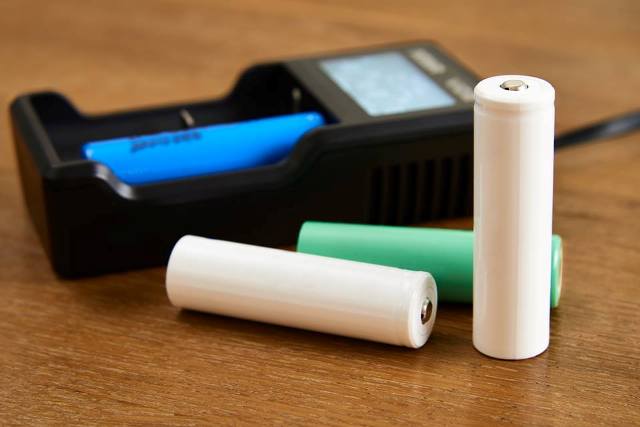
Galvanic cell
The AA AA battery is a prime example of a modern galvanic cell. A cylindrical alkaline battery (which they like to call alkaline, whereas the word alkaline is translated as alkaline) contains a solution of potassium hydroxide as an electrolyte inside. Manganese dioxide is on the positive pole of the battery, and zinc in the form of powder is on the negative.
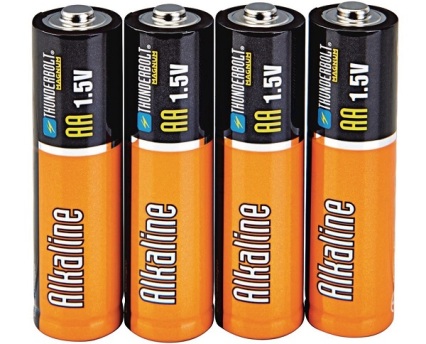
When the external battery circuit is closed to a load, a chemical reaction of zinc oxidation occurs at the anode (negative pole), and at the same time, the reaction of reduction of tetravalent manganese oxide to trivalent manganese oxide occurs at the cathode (positive pole).
As a result, electrons run from the negative pole towards the positive pole through an external load circuit. This is how a direct current source works - a galvanic cell.
The chemical process in a galvanic cell is not reversible, that is, trying to charge it is useless. The voltage between the poles of the new finger battery is 1.5 volts, which is due to the potentials of the substances involved in the chemical reaction inside it.

Battery
A lithium-ion battery, unlike a battery, can be charged again after discharge, since the chemical process in it is reversible. In appearance, the battery works like a battery, that is, it also only gives direct current to the load circuit, but the capacity of a battery is usually greater than that of a battery of about the same size.
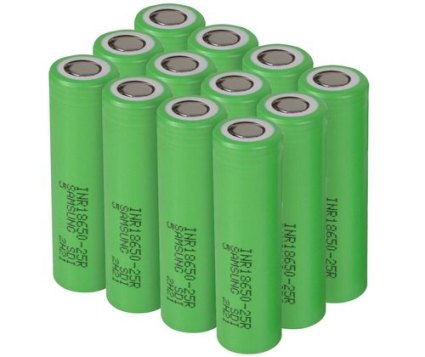
During the discharge of a lithium battery, the chemical reaction at the anode (negative electrode) consists in the separation of lithium from carbon and its conversion to salt at the cathode (positive electrode). And when charging, lithium ions again pass to carbon on the anode.
The potential difference between the poles of a lithium-ion battery can reach up to 4.2 volts. The maximum current depends on the area of interaction of the electrodes inside the battery with the electrolyte and, accordingly, with each other.
Generator
On an industrial scale, direct current is obtained using dc generators. As a rule, on the stator of such a machine there are fixed magnets or electromagnets that induce EMF in the rotating circuits according to the law of electromagnetic induction.
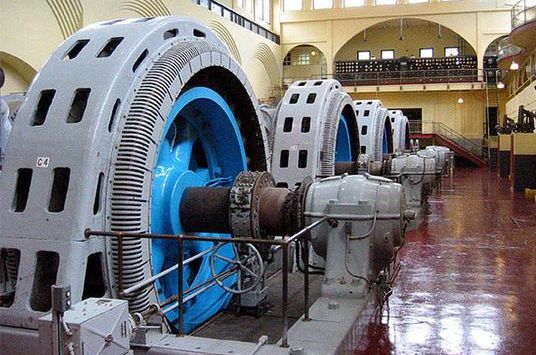
The rotating circuits are each connected to the contact plates of the brush-collector assembly, through which the generated current is removed through the fixed brushes and into the load circuit. Since the contours contact the positive and negative brushes only when passing past certain magnetic poles of the stator, the current in the external circuit is obtained by a rectified variable, that is, a pulsating constant.
The magnitude of the current depends on the cross section of the wires, the induction of the magnetic field of the stator and the stator area. The magnitude of the voltage - from the rotation speed of the rotor of the generator and from the induction of the magnetic field of the stator.
Solar cell
Solar panels also provide direct current.The photons of sunlight entering the photocell cause the movement of positively charged holes and negatively charged electrons through the pn junction, and a direct current is thus obtained in the external circuit.

The larger the total area of the solar cells - the more electrons and holes participate in the formation of current, the more current can be obtained from the solar battery. The generated voltage of the solar battery depends on the intensity of sunlight and on the number of photocells connected in series that are part of the design of the solar battery.
Transformer with rectifier
Previously, in electronic equipment to obtain direct current, when powered from a household AC network, power supplies with transformers on iron were used very often. The alternating mains voltage was lowered using a transformer, and then rectified using a tube or diode rectifier.
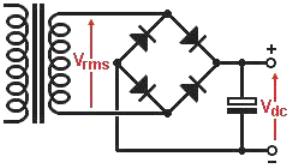
After the rectifier in such a circuit there is always a filter consisting of at least capacitor, and in the best case - from a capacitor and inductor, and even a transistor voltage regulator, especially if the current source must be adjustable.
The voltage at the output of such a power supply depends on the number of turns of the secondary winding of the transformer, and the maximum current value depends on the rated power of the transformer.
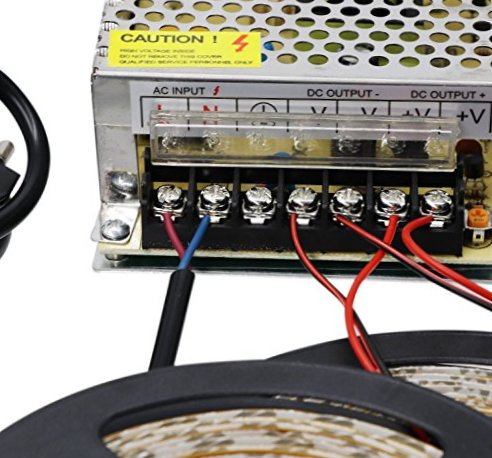
Impulse power block
Today, in electronic equipment for producing direct current, power supplies with low-frequency transformers on iron are almost not used, they came to replace them switching power supplies. In them, the rectified mains voltage is first reduced with a high-frequency transformer and transistor switches, and then rectified. Current is routed through the filter to the filter capacitor.
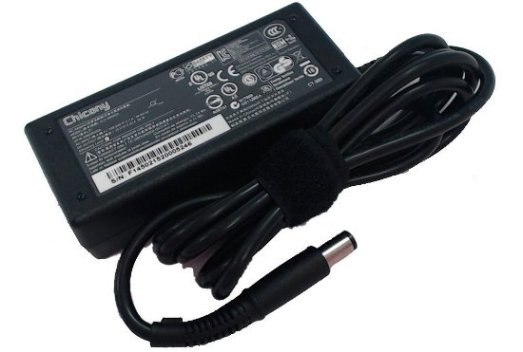
The design of the switching power supply is much smaller than with a transformer on iron. But there is more noise in the output current. Therefore, special attention is paid to filtering the output current to the load when designing switching power supplies.
The voltage at the output of the switching power supply depends on the device of the electronic circuit, and the maximum current depends on the size of the high-frequency transformer and the quality of the electronic components on the circuit.
Capacitor and Ionistor
In a certain sense, an electric capacitor can be called a source of direct electric current. A capacitor accumulates electrical energy in the form of a constant electric field between its plates, and then can give this energy in the form of a direct current or pulsed discharge. Both that and another as a matter of fact - a direct current differing only in duration of manifestation.
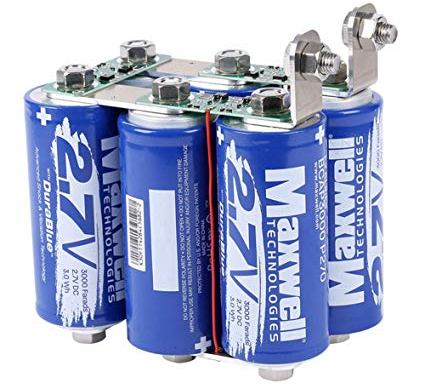
But today, electrolytic capacitors are available in huge capacities of thousands or more microfarads. A special kind of capacitor is ionistor (supercapacitor) - It takes an intermediate place between the battery and the capacitor.
Chemical processes in the ionistor proceed at almost the same speed as in the capacitor, but unlike the battery, the ionistor has a lower internal resistance, which makes it possible to obtain large direct currents from the ionistors for a longer time. The larger the capacitor is, the larger and longer current can be obtained with it.
Which current is more dangerous, direct or alternating?
How sensors and clamp meters work for measuring direct and alternating current
See also at bgv.electricianexp.com
:
